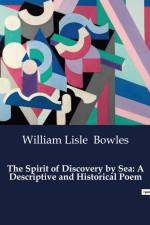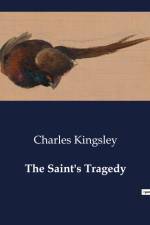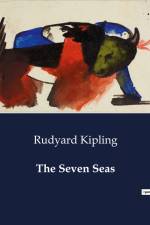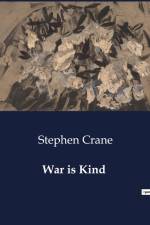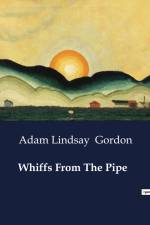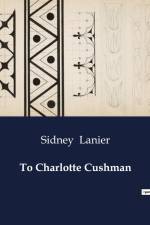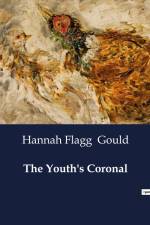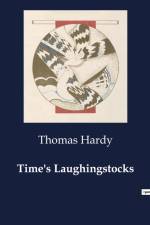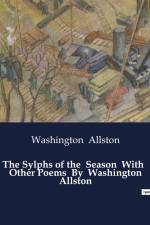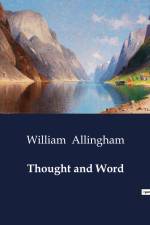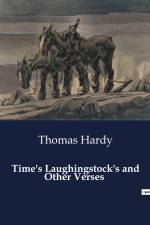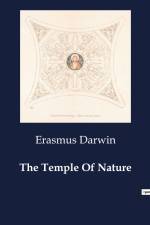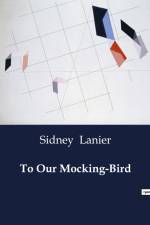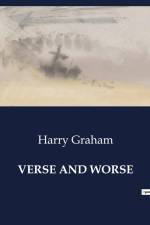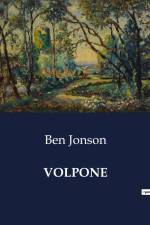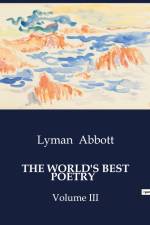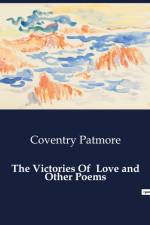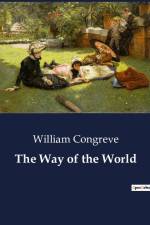av Ben Jonson
335
"Volpone" is a satirical comedy play written by Ben Jonson, an English playwright, poet, and literary critic. The play was first performed in 1606 and is considered one of Jonson's major works. "Volpone" is known for its sharp wit, intricate plotting, and satirical examination of greed and deception.Key features of "Volpone" include:1. **Plot and Characters:** The play revolves around the central character, Volpone, a wealthy Venetian magnifico who feigns a severe illness to attract legacy hunters willing to offer him gifts in the hope of inheriting his fortune. The plot involves a series of deceitful schemes and subplots.2. **Themes of Greed and Deception:** "Volpone" satirizes the themes of greed, avarice, and the corruption of the legal system. The characters engage in various forms of deception, highlighting the vices associated with the pursuit of wealth.3. **Humor and Wit:** Jonson employs intricate wordplay, clever dialogue, and comedic situations to create a humorous and entertaining play. The humor often arises from the characters' attempts to outwit each other.4. **Moral and Social Commentary:** Beneath the comedic surface, "Volpone" provides moral and social commentary on the corrupting influence of wealth, the hypocrisy of society, and the consequences of unchecked greed.5. **Subplots and Supporting Characters:** The play features several subplots involving characters such as Mosca, Voltore, Corbaccio, and Corvino, each contributing to the overall satire and complicating the main narrative."Volpone" is a significant example of Jacobean comedy and is praised for its skillful use of language, intricate plotting, and its exploration of timeless themes related to human nature and society.

